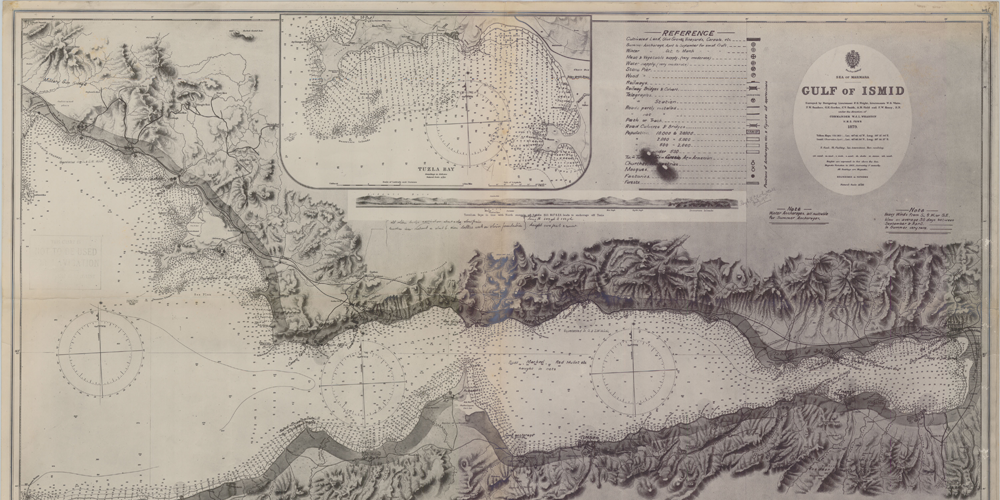Ontario’s university students, faculty and researchers have access to hundreds of terabytes of research data, e-journals, e-books, statistics and geospatial data through the online Scholars Portal service, which ensures that these rich resources will be preserved and accessible – and the cloud makes it all possible.
Historical Data
In the First World War pilots flew dangerous missions over European battlefields with a singular goal: to photograph the trenches. These images were then turned into hand-drawn maps for use as military intelligence. McMaster University has assembled a collection of more than 1,350 trench maps and 580 photos and – in commemoration of the 100th anniversary of the start of the Great War – digitized these artifacts and made them available online for geographers and researchers to accurately study our history.
McMaster has had an impressive collection of First World War maps for decades, but its holdings became internationally renowned when the university purchased the Western Front collection of English historian Peter Chasseaud. Students, faculty and researchers across Ontario can access these maps from McMaster University Library’s digital archives. The collaboration between McMaster and Scholars Portal ensures this rare and historically important resource is preserved and available in the future.
Cloud Connection and Preservation
As a service of the Ontario Council of University Libraries, which serves 21 university libraries, Scholars Portal allows universities to do much more than share information: it is also a digital preservation network which ensures that material uploaded in 2015 will be just as available in 2085 and beyond. “Scholars Portal is certified as a trusted digital repository under ISO 16363,” said Amaz Taufique, assistant director, systems and technical operations, Scholars Portal. “This designation means we are dedicated to preserving material we hold in perpetuity.”
All of this work – digital access and preservation – is linked via the Ontario Library Research Cloud (OLRC). This cloud service network connects five nodes located at the University of Guelph, University of Ottawa, Queen’s University, University of Toronto and York University. When data is uploaded by someone at one university, it gets replicated three times across the nodes in the network. A distributed storage network is an essential part of any digital preservation system: if one node in the network is compromised, one of the other nodes immediately begins to replicate the data. “The OLRC allows us to put those files out onto a closed, shared network where they are safe from man-made or natural disasters,” said Dale Askey, associate university librarian, library and learning technologies, McMaster University. “OLRC creates possibilities with regard to preservation, which McMaster will be exploring for valuable resources like the trench map collection.”

Dale Askey, associate university librarian at McMaster University
Underneath the OLRC lies the reliable connectivity provided by ORION and the bandwidth that is essential to successful uploading of large format, high-resolution files. Each node in the Scholars Portal OLRC network has 10Gbps of connectivity through ORION, and other universities across the province are moving in the same direction. McMaster, for instance, recently upgraded to 10Gbps because moving multiple gigabyte files through a small channel can take a very long time. “Before ORION, it would take us weeks to upload files and the longer it takes to do a transfer, the more opportunity there is for damaged files,” Askey said. “Sometimes it was simply faster and safer to dump data on a hard drive and get on the GO Train ourselves. Now, we can do it within days from our offices.”
University libraries are a rich source of material that can’t be found anywhere else, including McMaster University’s collection of World War I trench maps. By tapping into ORION’s powerful connectivity, researchers are now able to access crucial information from our past to create a more enlightened future. “Digital preservation is about replicating true and unaltered assets,” Askey said. “It’s not just copying data but protecting artifacts that are integral to our history.”

